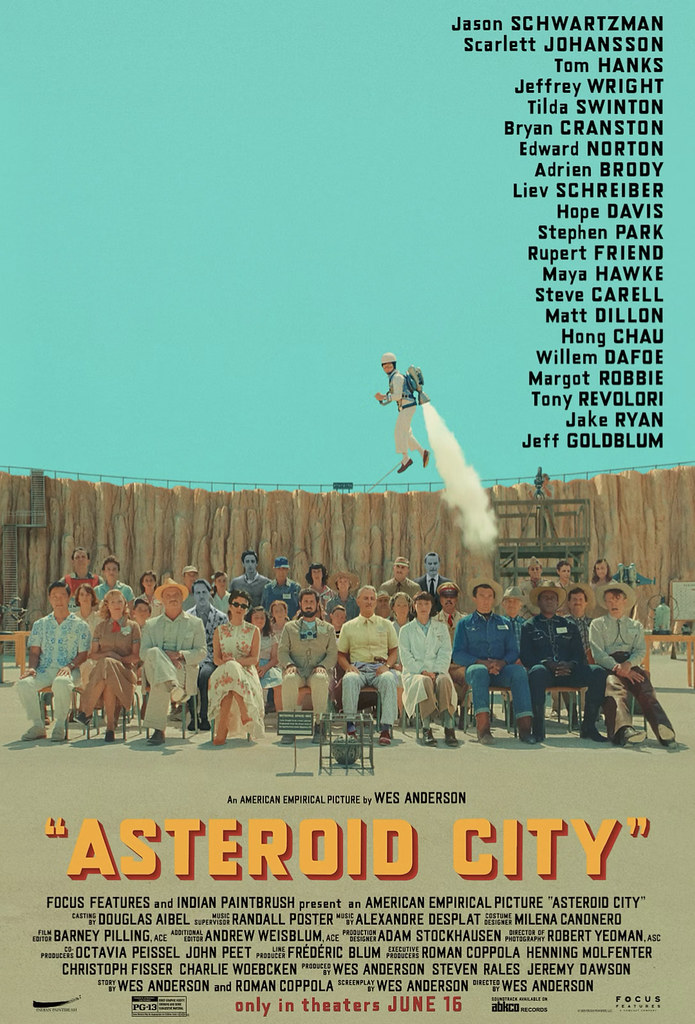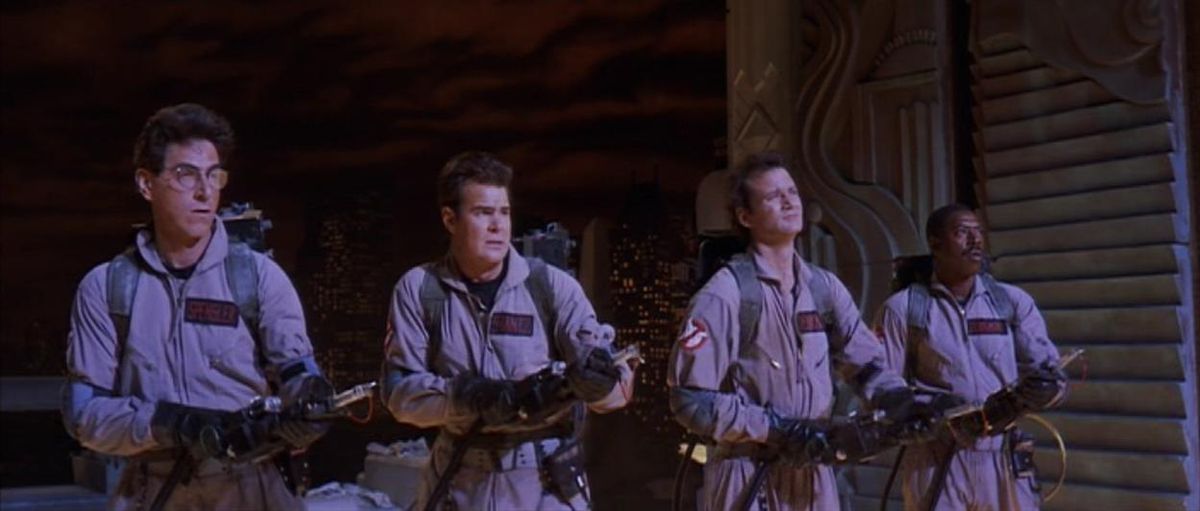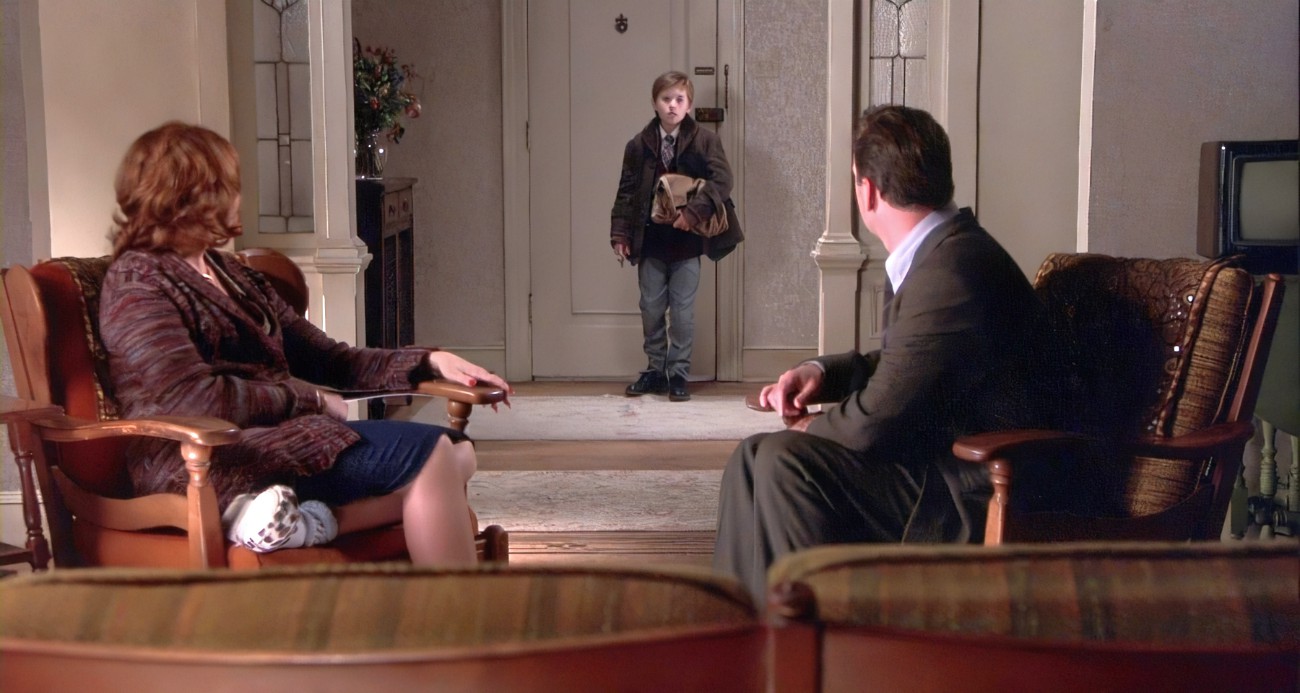Have you ever sat through a movie, eyes glued to the screen, only to have a pivotal scene fly right over your head? It happens to the best of us. We’re engrossed, we’re entertained, but sometimes, we’re just not in on the secret. That is until someone leans over and whispers that crucial piece of information in our ear, and suddenly, it all makes sense. It’s like watching the film anew, with a fresh set of eyes that see what was invisible to us before. This phenomenon is not just a testament to our viewing habits but also to the layered complexity of cinematic storytelling. Let’s dive into some of these moments and explore the intricacies that make them so captivating.

The Art of Perception in Film
Take for instance, the scene from ‘Last Crusade’ where Elsa chooses the grail for Donovan. For the longest time, I watched Elsa hand over the ornate cup with a sense of naivety, believing her to be as deceived as Donovan himself. It wasn’t until someone pointed out the fleeting glance she shares with Indy that I realized the truth: Elsa knew exactly what she was doing. She deliberately chose the wrong grail, sealing Donovan’s fate. The subtlety of her expression, a mere flicker of intent, was the key to understanding her true character. It’s a moment of revelation that changes the entire dynamic of the scene and, indeed, the film.
Why do these moments often go unnoticed? Is it a lack of attention, or is it something more? Perhaps it’s the way filmmakers like Jonathan Glazer craft their narratives. In ‘The Zone of Interest’, Glazer takes us on a journey that is as much about what we don’t see as what we do. The film’s storytelling is atmospheric, relying on the power of suggestion rather than explicit depiction. The chilling tale of Rudolf Höss, the commandant of Auschwitz, and his family living in the shadow of the concentration camp is told with a haunting subtlety. The film doesn’t show us the horrors within the camp; instead, it asks us to listen and imagine. The juxtaposition of the Höss family’s idyllic life against the backdrop of genocide is a stark reminder of the banality of evil. It’s a narrative choice that demands our engagement and challenges us to read between the lines.
The performances of Christian Friedel and Sandra Hüller are pivotal in navigating this moral quagmire. Friedel’s portrayal of Rudolf is a study in restraint, his stoicism a mask for the atrocities he oversees. Hüller, on the other hand, is a coiled presence, her character’s complicity veiled behind a facade of domesticity. Together, they embody the film’s central question: How human can you make someone who is clearly inhuman? It’s a question that resonates long after the credits roll, and it’s only through the nuanced performances and Glazer’s direction that we begin to grasp the full weight of the narrative.
Glazer’s work, from ‘Birth’ to ‘Under the Skin’, has always walked a fine line, balancing audio-visual storytelling with thematic depth. In ‘The Zone of Interest’, he continues this trend, using sound to link the domestic sphere with the atrocities happening just beyond the family’s walls. The arrival of a train, the delivery of a package, these are the cues that tie the two worlds together. It’s a technique that requires us to be active viewers, piecing together the story from the fragments we’re given.
Then there’s Wes Anderson’s ‘Asteroid City’, a film that left many scratching their heads. Its vibrant colors, meticulous camera movements, and symmetrical shots are unmistakably Anderson, yet the film’s meaning can be elusive. As Roman Marakulin discovered, understanding ‘Asteroid City’ requires more than just watching; it demands an appreciation for the details, the actor’s performances, and the layers of narration. It’s a film that rewards those who are willing to look closer, to see beyond the surface beauty and into the heart of Anderson’s vision.
Anderson’s films, from ‘The Grand Budapest Hotel’ to ‘Fantastic Mr. Fox’, are exercises in style and substance. His use of color, symmetry, and planimetric composition creates a world that is both familiar and otherworldly. These stylistic choices are not just for show; they serve a purpose, guiding our emotions and drawing our attention to the elements that matter most. In ‘Asteroid City’, as in all of Anderson’s work, every detail is intentional, every frame a piece of a larger puzzle.
The central theme of ‘Asteroid City’ is the meaning of life, a topic that has intrigued philosophers and artists for centuries. Anderson approaches this theme with his signature whimsy, breaking the fourth wall and inviting the audience to engage with the film on a personal level. The story is a tapestry of life’s absurdities, a reflection of the human condition that resonates with viewers long after the film ends. It’s a narrative that requires context, an understanding of the philosophical underpinnings that inform the film’s message.
To truly grasp ‘Asteroid City’, we must consider the philosophies of Absurdism and Logotherapy. Camus’ ‘The Myth of Sisyphus’ and Frankl’s Logotherapy provide the keys to unlocking the film’s deeper meanings. These philosophies explore the human search for meaning in a seemingly indifferent universe, a theme that Anderson weaves throughout the narrative. It’s a complex idea, one that is as challenging to convey on screen as it is to comprehend in real life. Yet, Anderson manages to encapsulate this existential quest in a way that is both entertaining and enlightening.
The scenes that elude our understanding are often the ones that hold the most significance. They are the moments that challenge us to look beyond the obvious, to question what we see and hear. Whether it’s the deceptive simplicity of a glance in ‘Last Crusade’, the atmospheric storytelling of ‘The Zone of Interest’, or the philosophical depth of ‘Asteroid City’, these films ask us to be more than passive spectators. They invite us to engage, to think, and to discover the hidden layers that make cinematic storytelling such a rich and rewarding experience.
Exploring Themes and Philosophies in Film
Delving into the second section of our cinematic exploration, we find ourselves at the crossroads of perception and understanding. The art of perception in film is a delicate dance between the director’s vision and the audience’s interpretation. It’s a journey that takes us from the surface level to the profound depths of storytelling, where meaning is often shrouded in the subtleties of the craft.
In ‘The Zone of Interest’, Glazer’s film, the art of perception is challenged through the use of sound as a narrative device. The film’s refusal to show the atrocities of the concentration camp, instead relying on the audience’s imagination, is a bold choice that speaks volumes about the power of suggestion. This technique is not without its risks, as it places a significant burden on the viewer to fill in the gaps. However, it is precisely this engagement that makes the film so impactful. The audience is not a passive recipient of the story; they are an active participant, piecing together the narrative through the sounds that bleed from one side of the wall to the other.
The performances of Christian Friedel and Sandra Hüller are instrumental in this process. Their portrayals of Rudolf and Hedwig Höss are a masterclass in subtlety, conveying a chilling normalcy that belies the horrific reality just beyond their idyllic home. It’s a chilling reminder of the banality of evil, a concept that has been explored in literature and film but rarely with such a hauntingly understated approach.
Wes Anderson’s ‘Asteroid City’ presents a different kind of perceptual challenge. The film’s vibrant aesthetic, characteristic of Anderson’s style, is a feast for the eyes, but it can also be a smokescreen that obscures the deeper themes at play. As Roman Marakulin discovered, understanding the film requires an appreciation for the details and a willingness to engage with the multiple layers of narration. It’s a film that doesn’t hand its meaning to the audience on a silver platter; instead, it invites viewers to dig deeper, to look beyond the whimsical surface and grapple with the existential questions it poses.
The meaning of life is a theme that has been explored by countless artists and philosophers, and in ‘Asteroid City’, Anderson tackles this grand topic with his unique blend of whimsy and gravitas. The film’s narrative is interwoven with philosophical references, particularly to Absurdism and Logotherapy. These philosophies, as outlined by Albert Camus and Viktor Frankl, respectively, provide a framework for understanding the film’s exploration of life’s meaning—or lack thereof.
Absurdism, with its focus on the conflict between the human desire for meaning and the indifferent universe, is a fitting lens through which to view ‘Asteroid City’. The film’s characters are engaged in a Sisyphean struggle, seeking purpose in a world that offers no easy answers. This struggle is reflected in the film’s structure, which breaks the fourth wall and invites the audience to participate in the search for meaning.
Logotherapy, on the other hand, offers a more optimistic perspective. It suggests that meaning can be found in the act of striving, in the pursuit of goals and the fulfillment of one’s potential. This idea resonates with the characters in ‘Asteroid City’, who each, in their own way, are searching for a sense of purpose in their lives. The film’s narrative encourages viewers to consider their own search for meaning and to find joy in the journey, rather than the destination.
The art of perception in film is not just about understanding what we see on the screen; it’s about connecting with the underlying themes and messages that the director is trying to convey. It’s about being open to the possibility that there is more to a movie than meets the eye, and being willing to engage with the film on a deeper level. Whether it’s the deceptive simplicity of a glance in ‘Last Crusade’, the atmospheric storytelling of ‘The Zone of Interest’, or the philosophical depth of ‘Asteroid City’, these films challenge us to be active viewers, to question, to think, and to find meaning in the movies we watch.
As we reflect on the scenes that have puzzled us, the moments that have eluded our grasp, we come to appreciate the richness of cinematic storytelling. It’s a form of art that invites us to explore the depths of human experience, to confront the complexities of life, and to find beauty in the ambiguity. The next time you watch a film, take a moment to consider what lies beneath the surface. You may just find that the scene you’ve watched a thousand times has more to offer than you ever realized.
The beauty of film lies in its ability to connect with us on a personal level, to resonate with our own experiences and emotions. It’s a medium that has the power to surprise us, to reveal truths we hadn’t seen before, and to inspire us to look at the world in new ways. So, let’s embrace the art of perception, let’s revel in the discovery of hidden layers, and let’s celebrate the films that challenge us to see beyond the obvious. After all, it’s in the exploration of these cinematic puzzles that we often find the most profound insights into the human condition.
Related posts:
Meaning of Asteroid City (or behind curtains)
Tornado Survivor Stories
1. What Is the Theme? Why Do We Need It? – Exploring Movie Construction and Production





